The Days: Design and the Modern Interior
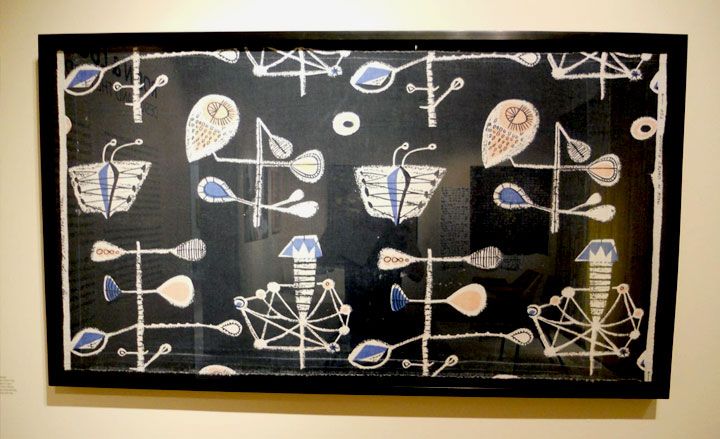
Despite being married for almost 70 years and sharing the same distinctively modernist aesthetic, British postwar designers Robin and Lucienne Day always maintained that they worked separately. At their home in Chelsea’s Cheyne Walk from the 1950s to the 1980s, they worked on back-to-back drawing boards in the same open-plan studios yet always for different clients; Lucienne for the likes of Heal’s and Rosenthal, Robin for Hille, British Rail and BOAC.
Yet a small but perfectly formed exhibition of their work at Pallant House Gallery in Chichester, Sussex, shows just how complementary their designs really were.
'Robin and Lucienne Day: Design and the Modern Interior', consists of three rooms of Lucienne’s textiles and Robin’s furniture, arranged chronologically and starting with the 1951 Festival of Britain which launched their careers. For the giant exhibition (which Churchill, upon visiting, declared ‘too socialist’), Robin designed furniture for the Royal Festival Hall, and showcased his steel and plywood creations in the Homes and Gardens Pavilion, alongside Lucienne’s textiles. One of her finest designs was Calyx, which won an award, was put into production by Heal's and turned her into a design star.
The strikingly modern show is awash with colour, from the duns, greens and greys of the 1950s, through to the Pop Art palette of orange pink and turquoise that influenced their work in the 1970s. Robin’s 1956 upholstered seating for British Rail waiting rooms looks impossibly glamorous by today’s standards; his dining tables, sideboards and office furniture as relevant as anything made by contemporary designers working now. A young teenage visitor points to Robin’s Polypropylene chair (of which there are at least 15million) and says: ‘Look, my school chairs!’
Simon Martin of Pallant House co-curated the show with Shanna Shelby, a Denver-based curator who takes care of the collection of Jill A Wiltse and H Kirk Brown III, from which all 48 textiles in the show were borrowed. Says Martin; ‘Lucienne passed away last January, Robin in November, so it feels appropriate that the exhibition starts here in Chichester where they died. They produced affordable design, but with a certain aesthetic, and we wanted to show how Lucienne responded to art through the decades, to Joan Miro and Alexander Calder in 1950s, through to Pop Art in the 1970s.’
While you’re there, it’s also worth checking out a complementary show in the pioneering gallery.’A Tonic for the Nation; the 1951 Festival of Britain’ features paraphernalia relating to the festival, much of it whimsical, cute and, these days, collectable.
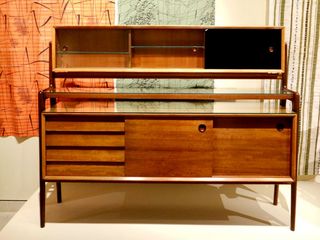
Robin Day, mahogany and cherry sideboard, part of a set with dining table and chairs for Hille, 1949
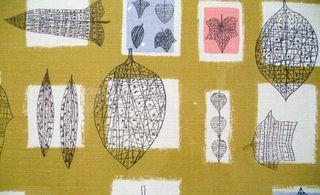
Lucienne Day, Fall, produced by Edinburgh Weavers, 1952
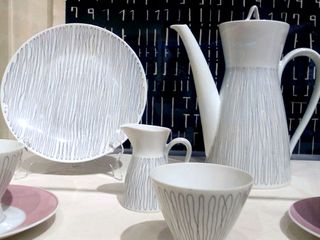
Lucienne Day, Columbine tableware, for Rosenthal, 1958
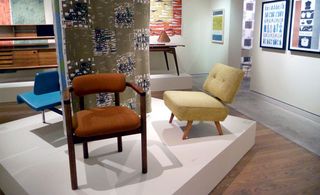
Left, Robin Day, chair for Barbican, 1981, right, Robin Day, Telechair 1953 with Lucienne Day’s 1960 Quarto print in background
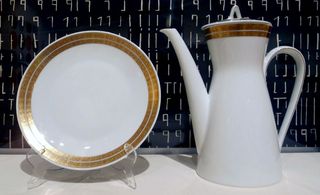
Lucienne Day, Odyssey Tableware for Rosenthal, 1958
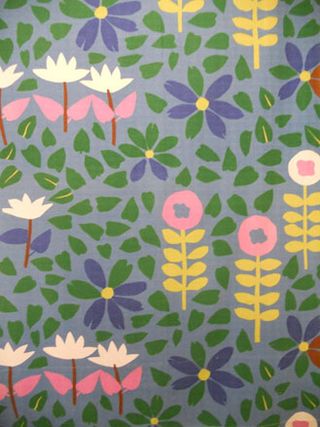
Lucienne Day, High Noon, manufactured by Heal’s ,1965

Lucienne Day, Runic, manufactured by Heal’s ,1959
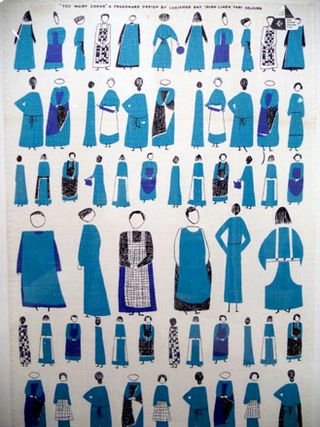
Lucienne Day, Too Many Cooks tea-towel, 1960
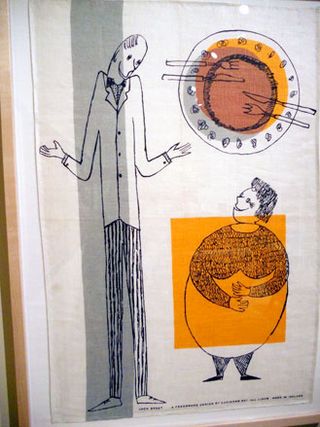
Lucienne Day, Jack Sprat Could Eat No Fat tea towel
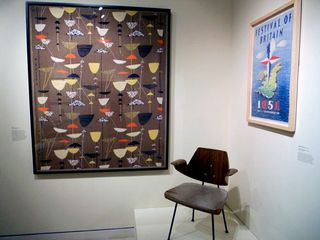
Lucienne Day, Calyx print, 1951, with Robin Day’s Festival Hall chair

Robin Day, British Rail Bench 1956, with Lucienne Day’s Dovetail fabric, 1965
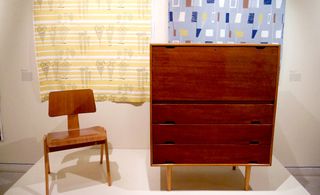
Robin Day, chest of drawers with drop-flap writing desk and chair, part of Hilleplan unit J, 1952
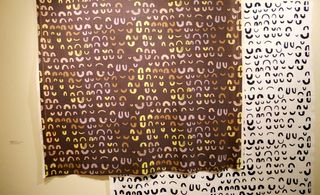
Lucienne Day, Magnetic fabric, manufactured by Heal’s, 1957
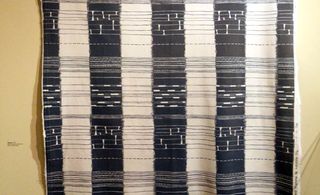
Lucienne Da, Highway fabric, manufactured by Heal’s ,1956
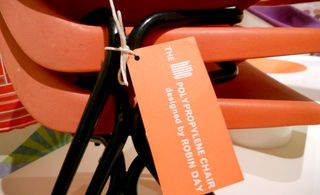
Robin Day, stackable Polypropylene chair, 1963, still in production today
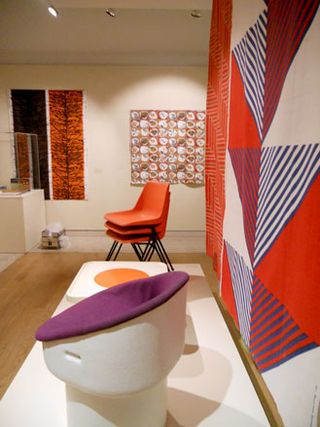
From back: Robin Day’s polypropylene chair, his Tote table and his Obo chair, 1972, with Lucienne Day’s Apex fabric as a backdrop
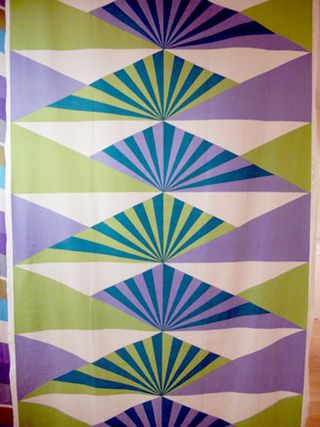
Lucienne Day, Sunrise fabric, 1969, Heal’s
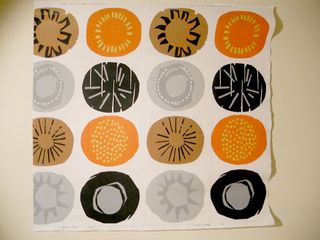
Lucienne Day, Apollo fabric, 1959
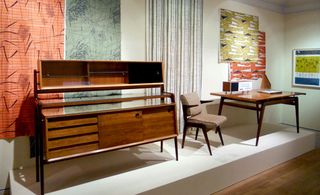
Robin Day’s sideboard, dining chair and dining table, with Pye Radio from 1965 on table . The radio won a Designentre award in 1966
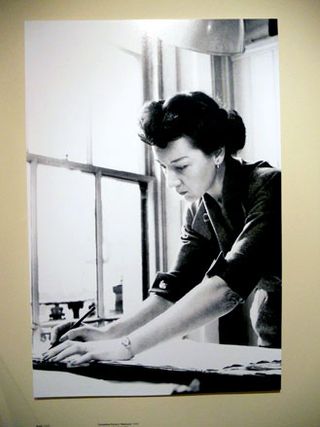
Lucienne Day at work in her studio
Wallpaper* Newsletter
Receive our daily digest of inspiration, escapism and design stories from around the world direct to your inbox.
Emma O'Kelly is a freelance journalist and author based in London. Her books include Sauna: The Power of Deep Heat and she is currently working on a UK guide to wild saunas, due to be published in 2025.
-
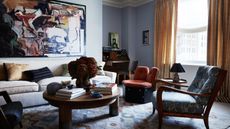 Step inside this Upper East Side jewel box apartment
Step inside this Upper East Side jewel box apartmentThis radiant Lexington Avenue home is a harbinger of good things for the Upper East Side, and the latest focus of The Inside Story, our series spotlighting intriguing and innovative interior design
By Anna Solomon Published
-
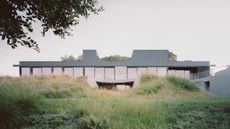 A new hilltop California home is rooted in the landscape and celebrates views of nature
A new hilltop California home is rooted in the landscape and celebrates views of natureWOJR's California home House of Horns is a meticulously planned modern villa that seeps into its surrounding landscape through a series of sculptural courtyards
By Jonathan Bell Published
-
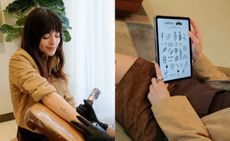 Is a tiny tattoo the best holiday souvenir? Kimpton Hotels think so
Is a tiny tattoo the best holiday souvenir? Kimpton Hotels think soIn partnership with Tiny Zaps, Kimpton Hotels is bringing city-inspired tattoo pop-ups to five U.S. locations
By Sofia de la Cruz Published